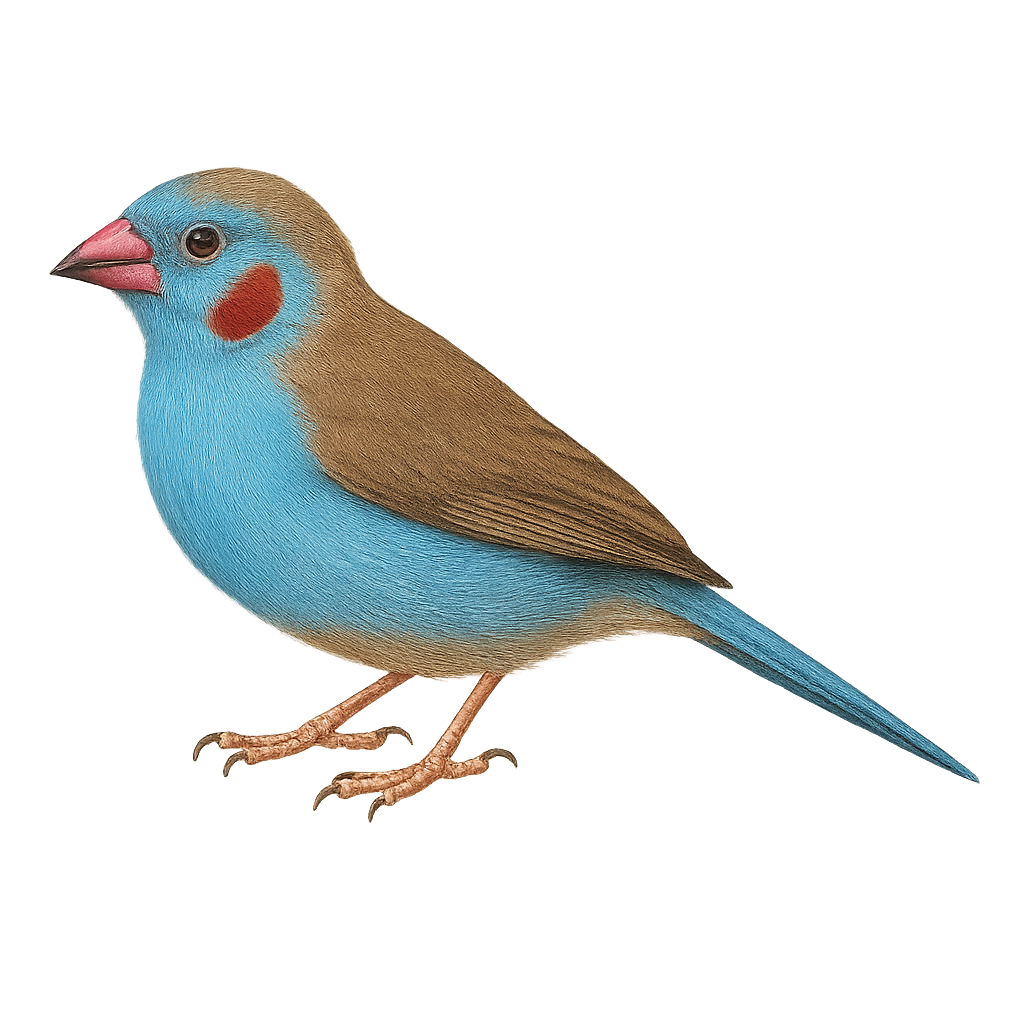Your wildlife photography guide.
Explore the red-cheeked cordon-bleu in detail, study its behavior, prepare your shots.
Where to observe and photograph the red-cheeked cordon-bleu in the wild
Learn where and when to spot the red-cheeked cordon-bleu in the wild, how to identify the species based on distinctive features, and what natural environments it inhabits. The WildlifePhotographer app offers tailored photography tips that reflect the red-cheeked cordon-bleu’s behavior, helping you capture better wildlife images. Explore the full species profile for key information including description, habitat, active periods, and approach techniques.
Red-cheeked Cordon-bleu
Scientific name: Uraeginthus bengalus

IUCN Status: Least Concern
Family: ESTRILDIDAE
Group: Birds
Sensitivity to human approach: Tolerant
Minimum approach distance: 5 m
Courtship display: June to August
Incubation: 11-13 jours
Hatchings: June to September
Habitat:
savannas, shrublands, gardens
Activity period :
Primarily active during the day, with peak activity in the morning and late afternoon.
Identification and description:
The Red-cheeked Cordon-bleu is a small, vibrant bird known for its striking plumage and distinctive red cheeks. Native to sub-Saharan Africa, it inhabits savannas, shrublands, and gardens. Measuring about 12 cm in length, it is easily identified by its bright blue plumage and vivid red cheeks in males, while females have duller colors. Its melodious and soft song is often heard at dawn and dusk. This sociable bird lives in small groups and feeds mainly on seeds and insects. Its breeding is influenced by rainfall, and it builds dome-shaped nests in bushes.
Recommended lens:
400 mm – adjust based on distance, desired framing (portrait or habitat), and approach conditions.
Photography tips:
To photograph the Red-cheeked Cordon-bleu, it is advisable to use a 400mm or longer telephoto lens to capture precise details without disturbing the bird. Look for it in savannas or gardens, where it is often active during the day. Be patient and discreet, as although it is tolerant, it may fly away if approached too abruptly. Take advantage of the soft morning or afternoon light to achieve vibrant and natural colors.
The WildlifePhotographer App is coming soon!
Be the first to explore the best nature spots, track rutting seasons, log your observations, and observe more wildlife.
Already 1 439 wildlife lovers subscribed worldwide

